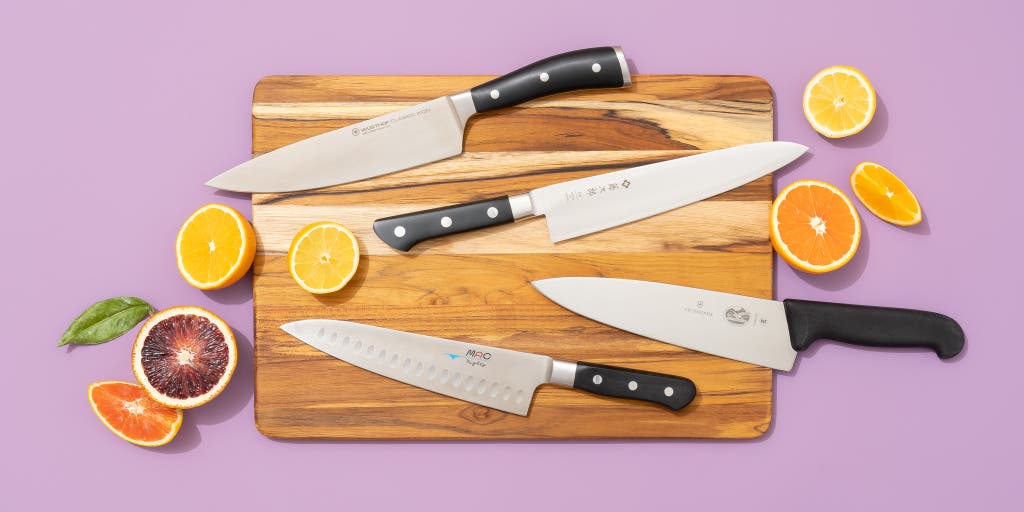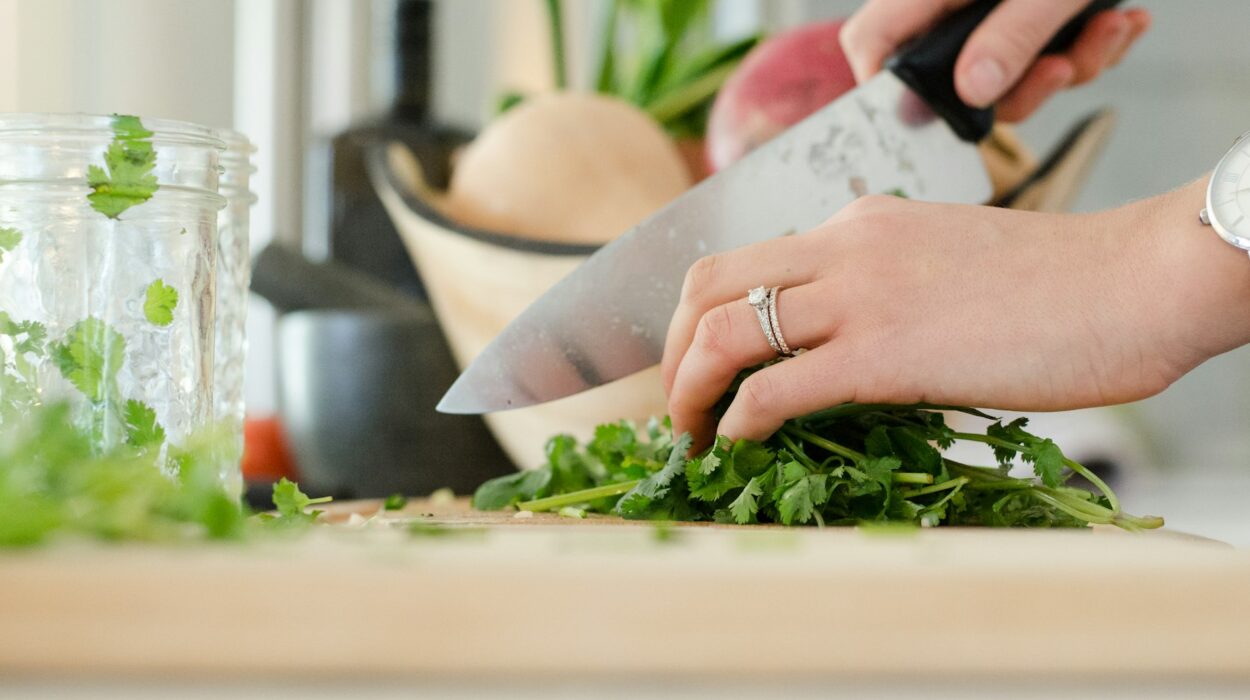The art of cooking goes beyond just ingredients and recipes; it’s deeply rooted in the tools you use. At the heart of every well-equipped kitchen is the chef knife. For those passionate about cooking, a Japanese chef knife stands out due to its precision, craftsmanship, and performance. But what is the best Japanese chef knife? This question carries a lot of weight among kitchen hobbyists and professionals alike.
In this article, we will delve deep into the world of Japanese chef knives, exploring their history, types, and qualities that make them exceptional. We will also guide you through choosing the best knife tailored for your needs and preferences. Join us on this journey and lets make your cooking experience even more delightful.

History and Culture of Japanese Knives
Origins of Japanese Chef Knives
Japanese chef knives have a long and esteemed history. Their origin dates back to the Samurai era, where the techniques used to forge Samurai swords were adapted to create kitchen knives. These knives are not just tools, but reflections of Japanese culture and meticulous craftsmanship.
Evolution Over Time
From the practical needs of ancient Japanese chefs to the luxurious, high-end models used by today’s professionals, Japanese chef knives have evolved significantly. The modern designs maintain traditional techniques while incorporating new technologies, enhancing their performance and durability.

Types of Japanese Chef Knives
Gyuto: The All-Purpose Knife
The Gyuto is the Japanese equivalent of the Western chefs knife. It is versatile and capable of handling a range of tasks, from slicing vegetables to cutting meat. Its thin, sharp blade allows for precision cutting, making it a favorite among many chefs.
Deba: The Fish Specialist
Deba knives are primarily used for filleting fish. They have a thick, sturdy blade that can handle tough bones but also allows for delicate slicing. If you often prepare fish dishes, the Deba is an excellent addition to your kitchen.
Yanagiba: The Slicing Master
The Yanagiba knife is designed for slicing raw fish, making it ideal for sushi and sashimi. Its long, slender blade ensures clean cuts, preserving the texture and flavor of the fish.
Other Types
Besides the main types, there are other specialized Japanese knives, such as the Nakiri for vegetable chopping and the Santoku for all-purpose use. Each has its unique features and benefits.

Materials Used in Japanese Chef Knives
High Carbon Steel
Many Japanese chef knives are made from high carbon steel. This material is known for retaining a sharp edge longer than stainless steel but requires more maintenance to prevent rust.
Stainless Steel
Stainless steel knives are easier to maintain and are resistant to rust and corrosion. They are ideal for those who prefer low-maintenance tools.
Composite Materials
Some Japanese knives use composite materials, combining the best qualities of both high carbon and stainless steel. These knives offer a balance of sharpness, durability, and ease of maintenance.

Factors to Consider When Choosing a Japanese Chef Knife
Blade Sharpness
A sharp blade is essential for precision and ease of use. Look for a knife with a well-honed edge. Japanese knives are known for their sharpness, which can make a significant difference in your cooking efficiency.
Weight and Balance
The weight and balance of a knife affect its handling. A well-balanced knife feels comfortable and secure in your hand. Japanese knives come in various weights, so choose one that feels right for you.
Handle Comfort
The handle should fit your grip comfortably. Japanese knives often have wooden handles, which provide a good grip and a traditional look. Consider the handle shape and material when selecting your knife.
Price and Budget
Japanese chef knives come in a wide range of prices. Determine your budget and find a knife that offers the best value for your investment. High-end models may offer superior performance, but there are also excellent budget-friendly options available.
Top Recommendations for Japanese Chef Knives
Shun Classic 8-Inch Chef’s Knife
The Shun Classic is a popular choice among chefs. It features a Damascus-clad blade that provides both beauty and performance. The handle is made from PakkaWood, offering a comfortable grip.
Global G-2 8-Inch Chef’s Knife
Global knives are known for their lightweight and balanced design. The G-2 model has a seamless all-steel construction with a razor-sharp edge. It’s a fantastic option for both professional and home chefs.
Masamoto HC 8.2-Inch Gyuto
The Masamoto HC Gyuto is a high-quality knife favored by many professionals. Its high carbon steel blade ensures long-lasting sharpness, and the octagonal wooden handle provides excellent control.
Other Noteworthy Mentions
Besides the top picks, there are other excellent Japanese chef knives worth considering, such as the Miyabi Birchwood and the Tojiro DP Gyuto. Each knife has its unique advantages and caters to different preferences.
Maintenance and Care for Japanese Chef Knives
Proper Cleaning Techniques
After each use, it is crucial to clean your knife properly to maintain its sharpness and longevity. Use mild soap and water to clean the blade and dry it immediately to prevent rust.
Sharpening and Honing
Regular sharpening and honing are essential for keeping your knife in top condition. A whetstone is the preferred tool for sharpening Japanese knives. For more guidance on sharpening techniques, visit Food & Wine’s guide.
Storage Tips
Store your knife in a safe place to protect its edge. Knife blocks, magnetic strips, and blade guards are good options. Avoid storing your knife loosely in a drawer, as this can damage both the blade and the handle.
Why Japanese Chef Knives Stand Out
Precision and Performance
Japanese chef knives are renowned for their precision and performance. The meticulous craftsmanship and high-quality materials result in blades that can handle delicate tasks with ease and efficiency.
Aesthetic Appeal
Beyond functionality, Japanese knives are also admired for their aesthetic appeal. The design and finishing of these knives often reflect traditional Japanese artistry, making them a beautiful addition to any kitchen.
Long-Lasting Sharpness
The edge retention of Japanese knives is exceptional. With proper care, these knives maintain their sharpness for a long time, ensuring consistent performance.
User Reviews and Testimonials
Feedback from users highlights the superiority of Japanese chef knives. Many chefs, both professional and amateur, praise these knives for their sharpness, balance, and ease of handling. Here are some testimonials:
Ive been using the Shun Classic for years, and it never disappoints. The sharpness and balance are second to none. – Chef Mike
The Global G-2 is my go-to knife in the kitchen. Its lightweight design makes it perfect for extended use, and it cuts through anything with ease. – Home Cook Lisa
Conclusion
In conclusion, the best Japanese chef knife for you depends on your individual needs and preferences. Whether you prefer the versatility of the Gyuto, the specialty of the Deba, or the precision of the Yanagiba, there is a Japanese knife that will enhance your cooking experience. Invest in a high-quality Japanese chef knife, and you’ll be delighted by its tremendous performance and durability.
Internal Links
For additional kitchen tips and knife care, check out these resources:
FAQs
What makes Japanese chef knives unique?
Japanese chef knives are unique due to their precision, high-quality materials, and traditional craftsmanship. Their sharp edges and balanced design make them superior tools for various kitchen tasks.
How do I maintain my Japanese chef knife?
Proper maintenance includes regular cleaning, sharpening with a whetstone, and safe storage. Avoid using the dishwasher and dry the knife immediately after washing to prevent rust.
Are Japanese chef knives worth the investment?
Yes, Japanese chef knives are worth the investment due to their exceptional performance, longevity, and aesthetic appeal. They can significantly enhance your cooking experience.
As an Amazon Associate, I earn from qualifying purchases.
As an Amazon Associate, I earn from qualifying purchases.


